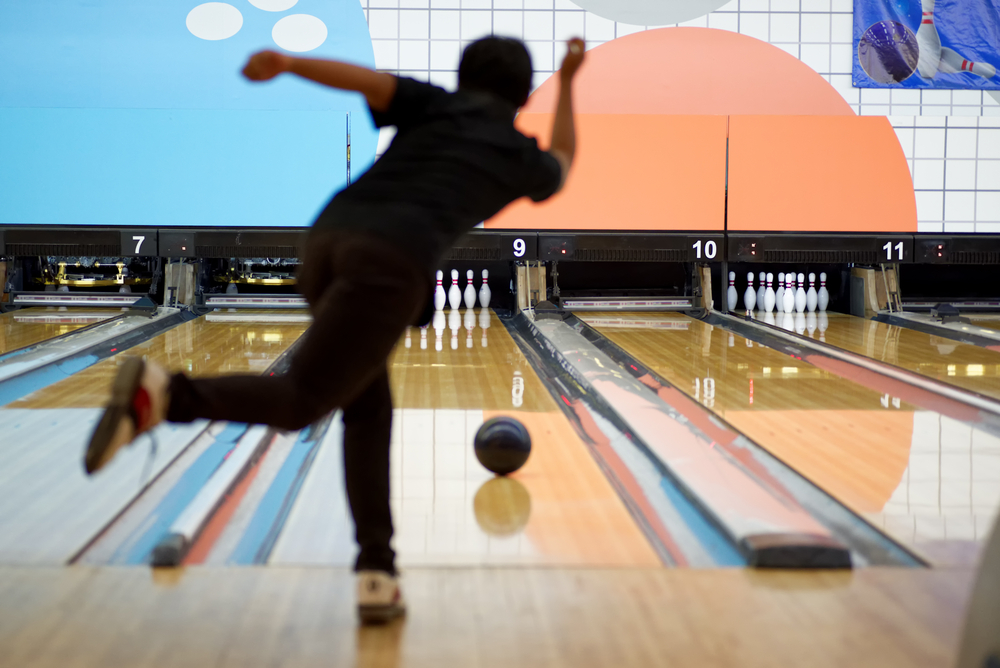
Why do bowling balls curve? Have you ever wondered why? It seems like a pretty strange phenomenon, but there is a clear explanation for it!
In this article, we will examine precisely why bowling balls curve and discuss some factors influencing how they perform. Let’s get right into it!
Contents
Why Do Bowling Balls Curve?
When a bowling ball is thrown, it typically starts straight. However, if the conditions are right, it will begin to curve.
It's all in the spin applied to the ball when it is released from the bowler's hand. When the ball is spinning, it creates a force known as centrifugal force.
This force acts against the ball's forward motion and causes it to veer off course. The amount of spin applied to the ball will determine how much it will curve.
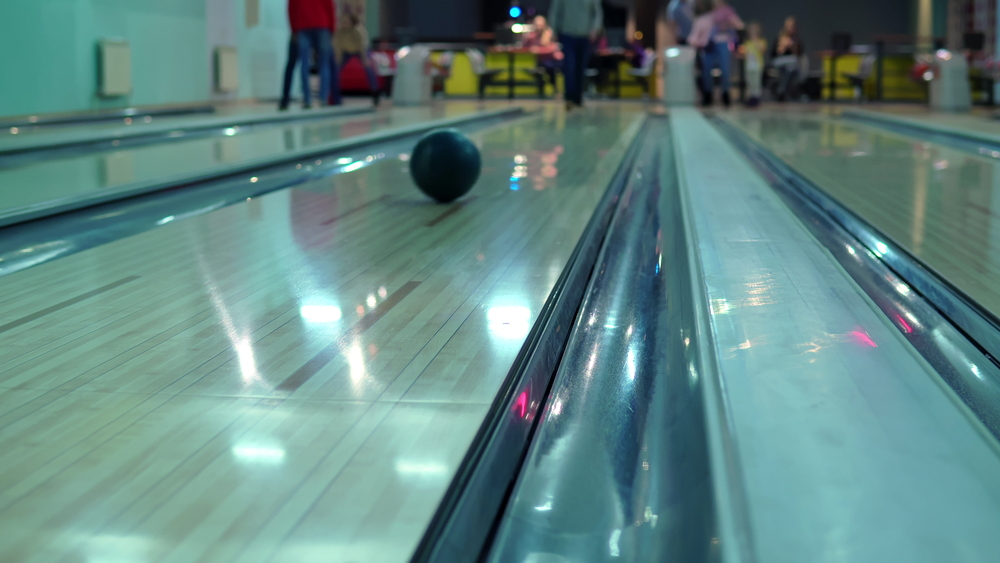
How to Get Your Bowling Ball to Curve
Now that you understand the general reason why bowling balls curve, it's time to learn how you can get your ball to curve during your games. Of course, if you want to hook the ball, you will need to put some spin on it.
The key to hooking a ball is in your ring and middle fingers, the ones that go in the two holes situated right next to each other.
You'll use those two fingers near the bottom of your arm swing to put spinning force on the ball. Your thumb is not useless, though - in order to curve a ball, you'll need to do the following:
- Put your fingers in the respective bowling ball holes for a fingertip grip.
- Swing the ball back like you usually would.
- As you begin to swing the ball forward, pay attention to your thumb. Remove your thumb when you get to the lowest point of the swing.
- Continue following through with the swing, but as you push off of the ball, use your two fingers to spin it upwards and slightly to the side (away from your body). Your fingers should end up on the side of the ball at the end of your release.
- You should then see the ball rolling straight for a little while before curving near the end of the lane, creating a bowlers hook.
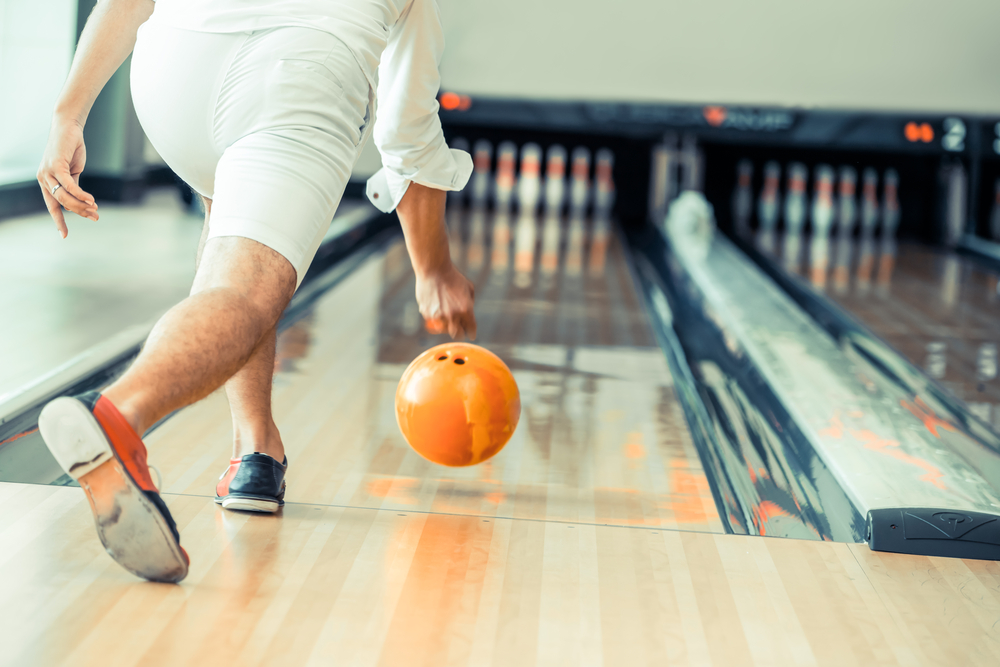
How Much Should You Spin the Ball?
The amount of spin you put on the ball will determine how much it curves. If you want a large curve, you'll put more spin on the ball. If you want a smaller curve, you'll put less spin on the ball.
It's really that simple! Just remember that too much spin can cause the ball to lose control and go into the gutter, so don't go overboard.
Making a ball spin may come easy to some, but for others, it may feel totally foreign.
Factors That Influence How the Ball Curves
Purposely spinning the ball is not the only thing that causes a ball to curve. There are a few other factors in play, and it’s important to consider all of them.
Here are some things that you should keep in mind concerning how a ball curves during play:
- The type of bowling ball you are using - Some balls are designed to hook more than others. Reactive balls provide the most hook, and if you use one of these balls, you won't need to put as much spin on it to get a good curve.
- The lane conditions - If the lanes are dry, the ball will hook more. If the lanes are oily, the ball will hook less.
- Your bowling style - Some bowlers naturally put more spin on the ball than others. If you're a beginner, you'll probably need to put more spin on the ball to get it to curve.
- The weight of the ball - Heavier balls hook more than lighter balls.
But, by and large, the type of ball you use and the way you throw it have the most substantial impact on how the ball will curve.
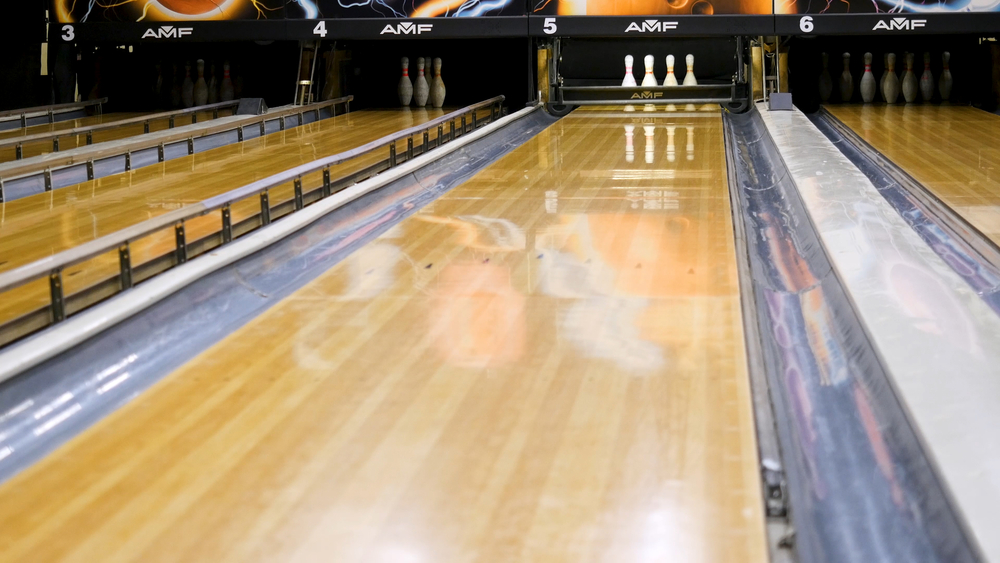
How to Keep Your Bowling Ball From Curving
Not everyone wants their bowling ball to curve, and that’s okay. If you're struggling to keep your bowling ball from curving, there are a few things you can do:
- Try using a lighter ball. Heavier balls are more likely to hook.
- Use a ball with less hook potential. The less hooking potential a ball has, the straighter it will roll.
- Change your bowling release. Releasing your ball with spin will often result in a curving ball. So, release it straight, where your ring finger and middle finger push off on the ball at the bottom.
- Minimize wrist movements. Wrist movement can also cause the ball to curve. So, try to keep your wrist as still as possible when you're throwing the ball.
Implement these points, and you should see your ball start to go straight!
Should You Curve or Bowl Straight?
Now that we've gone over how to curve a bowling ball and how to keep your bowling ball from curving, you may be wondering whether you should be curving or bowling straight.
The answer to this question is that it depends on your bowling style and what you're most comfortable with. Some bowlers prefer to curve the ball, while others prefer to bowl straight.
If you're a beginner, we recommend bowling straight. Curving the ball can be difficult to master, and it's easy to lose control of the ball if you don't have a good handle on it.
Once you've gotten more comfortable with your bowling style, you can start experimenting with curving the ball.
It's important to know how to curve a ball, even if you primarily bowl straight. Why? Because it's great to have the ability to make the ball curve if you need to.
Bowling Ball Types and Curving Potential
There are three main types of bowling balls: reactive, urethane, and plastic. The type of ball you choose will directly affect how much the ball will curve.
- Reactive balls have the most hooking potential. They are made of urethane to give them a hard exterior, but they also feature a material that is sticky and increases the ball’s traction on the lane - resin. These balls are extremely popular among professional bowlers.
- Urethane balls hook, but not as strongly as reactive balls, as their coverstocks don’t contain resin. But if you want to hook a urethane ball, you definitely can. It's all in your throwing technique.
- Plastic balls (house balls), which you'll typically find at the bowling alley, are the least likely to hook. The reason why is because they're made entirely of plastic and don't have any reactive materials. With a lot of spin on your release, you can make these balls hook, but you need to spin them so hard that you could hurt your wrist or hand. It’s best not to use plastic balls for curving.
So, if you want max hooking potential, go for a reactive ball. If you want a ball that's less likely to hook, go for urethane or plastic.
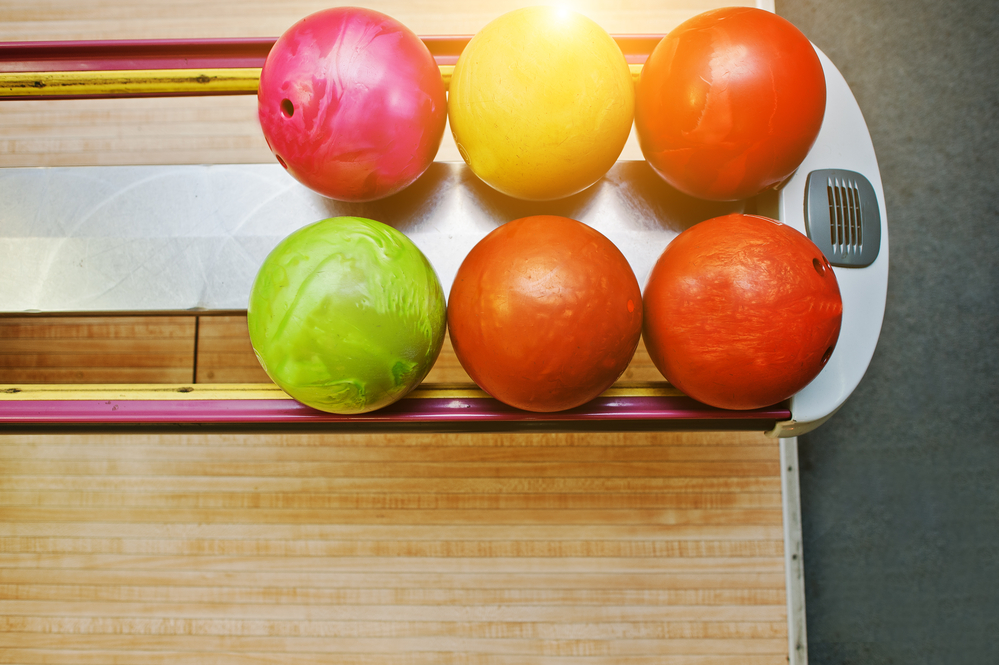
Why do bowlers curve ball?
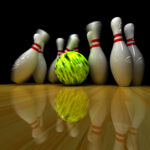
It's the easiest way to access the pocket and create pinfall.
When you hook bowl, you are setting yourself up for better angles towards the pocket of the pins, resulting in more strikes and spares, more pins knocked down, and more points in general.
The style of hook bowling also generates more power with your throw, so even if you miss the sweet spot of the pocket, you have a chance to get more pins due to the force of your throw. Here's more detail on hook bowling.
Is it better to bowl straight or curve?

Curve, of course! And here's why.
When you learn about hooking, you learn about the pocket. The pocket is the sweet spot for a strike and is the head pin and pin 2 on the right side and the head pin and pin 3 on the left side.
Why does a bowling ball hook?
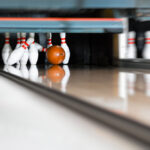
Bowling ball hooking potential, the shell of the ball, its core, placement on the lane, and friction.
Hooking potential refers to a ball’s ability to curve or hook after you roll it down the lane. We have ranked the three main bowling ball types from low to high hook potential. Keep in mind that this chart is not comprehensive and that some bowling balls may have qualities that fall outside of the listed categories.
Related Articles
There you have it - everything you need to know about why bowling balls curve and how you can control it! Now get out there and start practicing your new skills.
Remember, the key to success is practice and perseverance.
Don't get discouraged if you don't see results immediately - it takes time to master anything new. We hope this article was helpful and that you'll be curving your bowling ball like a pro in no time! Good luck!
Kira Byrd, a Certified Fraud Examiner, holds a B.S. in Accounting from the University of Alabama at Birmingham. With a passion for bowling from her childhood, Kira has poured her expertise and personal experiences into creating and nurturing Bowling For Beginners. Kira's mission is to meet new bowlers where they are and guide them toward consistently achieving higher scores. With a focus on skill development and strategic techniques, she empowers readers to take control of their game and unlock their true potential.
Bowling For Beginners embodies strict editorial integrity, ensuring reliable and unbiased information. Kira's commitment to delivering valuable insights and practical strategies is reflected in every article. Here's an explanation of our editorial policy and how we get money.





